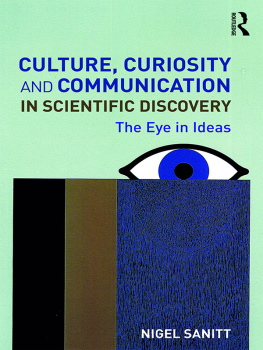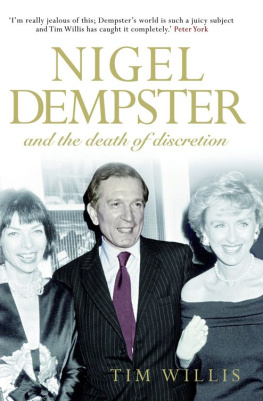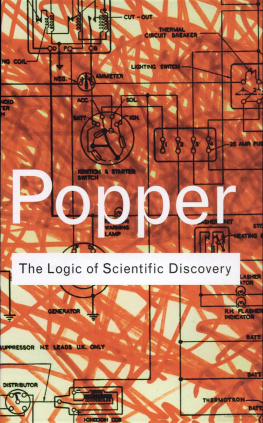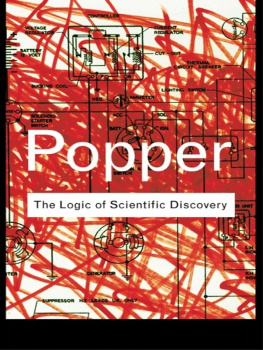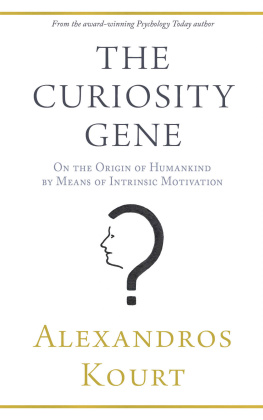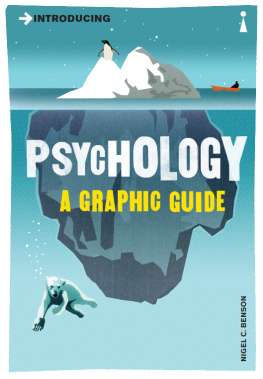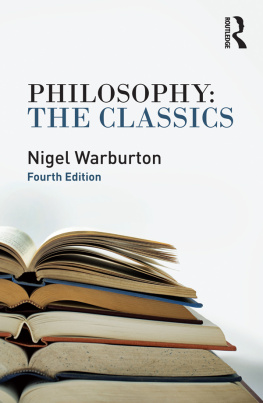Culture, Curiosity and Communication in Scientific Discovery
Many aspects of research activity in science are opaque to outsiders and this opacity infects how connections are made between science and other disciplines. The aim of Culture, Curiosity and Communication in Scientific Discovery is to try to shine a light through the mist of scientific research by way of examples taken from the sciences, social sciences and the humanities.
The book maintains that the foundations of science are built on sand because theories come and go and the search for truth is elusive. Knowledge acquisition appears to be an end in itself, as though knowledge is some sort of commodity or object that can be traded. Nigel Sanitt explains that we have created a mythical objective world, where we pretend that opinions and values are generated by data alone and not by human beings.
Science is part of our culture and part of the understanding of science is bound up with recognizing the social, economic and political ramifications as they apply to science. Culture, Curiosity and Communication in Scientific Discovery is a radical interpretation of how science works and aims to change the way scientists and non-scientists think about science.
Nigel Sanitt gained his PhD at the Institute of Astronomy, Cambridge University, where he helped lay the foundations of gravitational lensing research. He is editor of an online journal The Pantaneto Forum, which is devoted to science communication, and founder and chief executive of the Pantaneto Press, which publishes books in the physical sciences. He is author of Routledge Revivals: Science as a Questioning Process (Routledge, 1996). Nigel also writes fiction. He has published two novels under the pen name Norman Stanton, Perfect Nightmare (Thames River Press, 2013) and The Literary Circle or the Case of the Arrogant Anagram (Pantaneto Press, 2014).
More and more people worry about the possibility that the scientific temper is exhausting its own foundations when the focus is on outcomes. A focus on impact leads us to forget the significance of an attitude that values meaning before signals, questions before answers, problems before solutions, and imagination and creativity before testing and falsifying. Nigel Sanitt, in this essay on creativity in science, breaks an arrow for the scientific imagination and reminds us of the fundamentals of a scientific temper.
Martin W Bauer, Professor of Social Psychology and Research Methodology, London School of Economics and Political Science
In an age when there are more and more scientists, few of them can give a compelling account of how they find understanding and reach conclusions. In Culture, Curiosity and Communication in Scientific Discovery, Nigel Sanitt has drawn upon a broad range of investigations as well as historical and contemporary sources to provide some important insights and to stimulate thought.
Roger Blandford, Professor of Physics and of Particle Physics and Astrophysics, KAVLI Institute, Stanford University
Questioning is essential to the practice of science. But the question of how scientific theories are constructed and verified remains controversial. Nigel Sanitts new book offers an original perspective on scientific questioning. By deploying problematological philosophy, graph theory and theories of meaning and narrative, he makes important arguments about the nature of scientific reasoning and how it is practised. He reveals the problematological unity in scientific practice and raises key questions about the most important theories in physics today.
Nick Turnbull, Lecturer in Politics, University of Manchester
First published 2019
by Routledge
2 Park Square, Milton Park, Abingdon, Oxon OX14 4RN
and by Routledge
711 Third Avenue, New York, NY 10017
Routledge is an imprint of the Taylor & Francis Group, an informa business
2019 Nigel Sanitt
The right of Nigel Sanitt to be identified as author of this work has been asserted by him in accordance with sections 77 and 78 of the Copyright, Designs and Patents Act 1988.
All rights reserved. No part of this book may be reprinted or reproduced or utilised in any form or by any electronic, mechanical, or other means, now known or hereafter invented, including photocopying and recording, or in any information storage or retrieval system, without permission in writing from the publishers.
Trademark notice: Product or corporate names may be trademarks or registered trademarks, and are used only for identification and explanation without intent to infringe.
British Library Cataloguing-in-Publication Data
A catalogue record for this book is available from the British Library
Library of Congress Cataloging-in-Publication Data
Names: Sanitt, Nigel, author.
Title: Culture, curiosity, and communication in scientific discovery : the eye in ideas / Nigel Sanitt.
Description: Abingdon, Oxon ; New York, NY : Routledge, 2019.
Identifiers: LCCN 2018025194| ISBN 9781138625570 (hardback) | ISBN 9781138625587 (pbk.) | ISBN 9780429459818 (ebook)
Subjects: LCSH: Science--Methodology. | Communication in science. | Science--Social aspects. | Discoveries in science.
Classification: LCC Q175 .S251445 2019 | DDC 360.4/5--dc23
LC record available at https://lccn.loc.gov/2018025194
ISBN: 978-1-138-62557-0 (hbk)
ISBN: 978-0-429-45981-8 (ebk)
ISBN: 978-1-138-62558-7 (pbk)
Detailed contents
This book considers how meaning is created in science and the part questions play in scientific theories. I believe these themes are at the heart of science. Their identification and exposition establish why science is so useful, so important to the understanding of our world and an integral part of our culture.
Many aspects of research activity in science are opaque to outsiders and this opacity infects how connections are made between science and other disciplines. My aim in this book is to try to shine a light through the mist of scientific research.
My aim is to think about science in a new way by way of four theses:
- The meaning of scientific language emerges out of multiple associations with verbal and non-verbal activities of many kinds Integrationism.
- Scientific theories are grounded in questions Problematology.
- The structure of scientific theories is the creation of networks of questions.
- As an intellectual and practical pursuit, science is part of our culture. It is inexorably tied in with our history, literature, art, politics, economics, education and ethics, including religion. These are all, in turn, part of human communication and our social fabric.
In , I attempt to summarize these theses and propose what I believe is the next step in how science is viewed and understood.
These four theses are, I believe, different facets of human development, as a way of understanding, coping and living in our world. In the end we are all new-born children trying to come to grips with an alien environment. Science is how we describe our stumbling efforts.
In any enterprise of this kind there are a host of people and organizations who have encouraged and helped me, although I take sole responsibility for any errors, omissions or misinterpretations.
I thank Martin Rees and former colleagues at the Institute of Astronomy, Cambridge, UK, with whom I had many discussions over the years and who have put up with my crazy ideas. I have benefitted greatly from attending Public Understanding of Science seminars at the London School of Economics, and Martin Bauer and others too numerous to mention have similarly, politely, listened to my outlandish opinions. A special thanks to Roger Blandford and Tom Abel at the Kavli Institute of Particle Astrophysics and Cosmology, Stanford, USA, who hosted me as a visiting academic in the spring of 2016. They, and all the staff and students, made me feel welcome and I was able to complete most of the writing of this book. I also thank the following: Nick Turnbull, Michel Meyer, Gary Gibbon and the late Roy Harris. My final thanks are to members of my family and, in particular, to my wife, Judith, who steadfastly put up with me during the writing of this book not an easy task.

